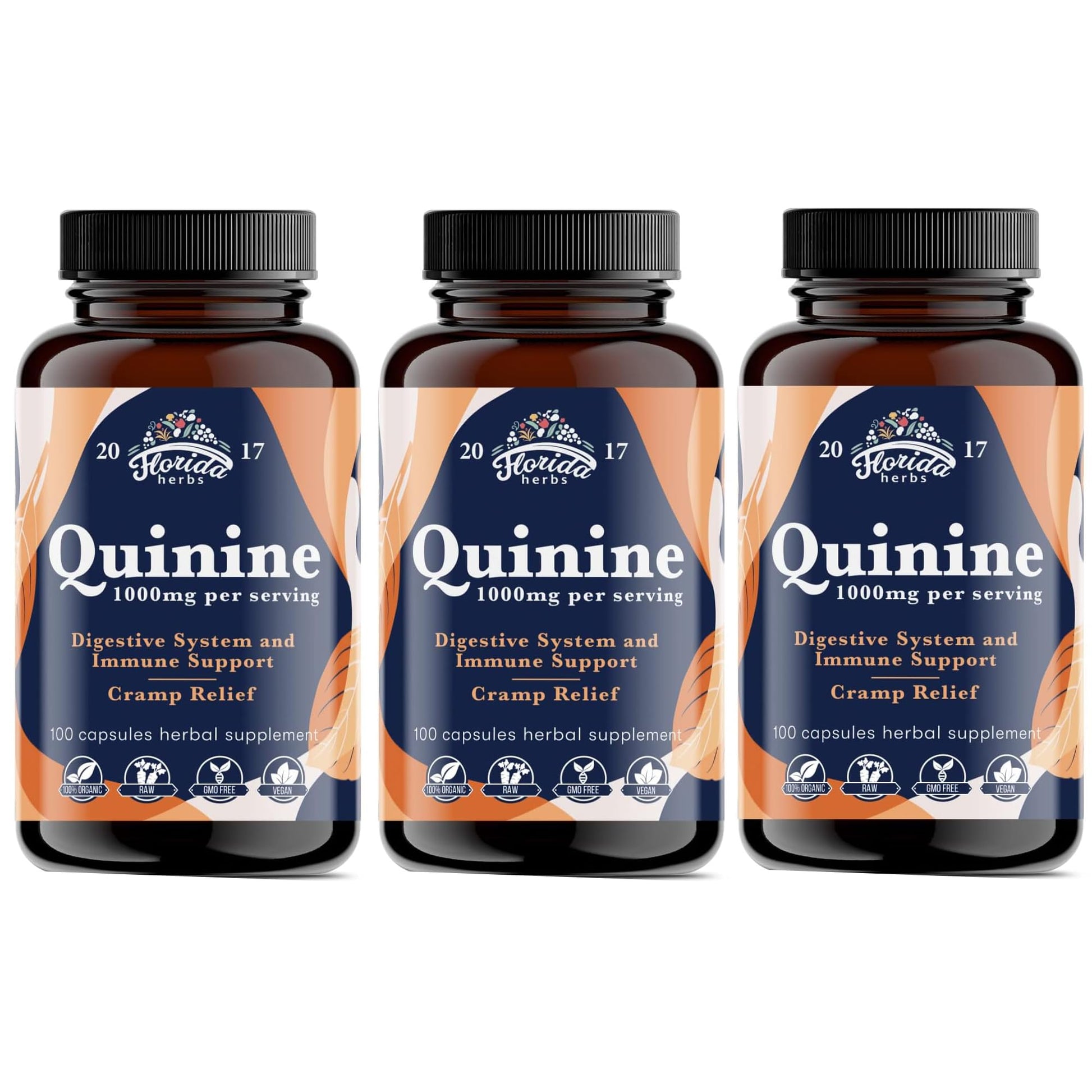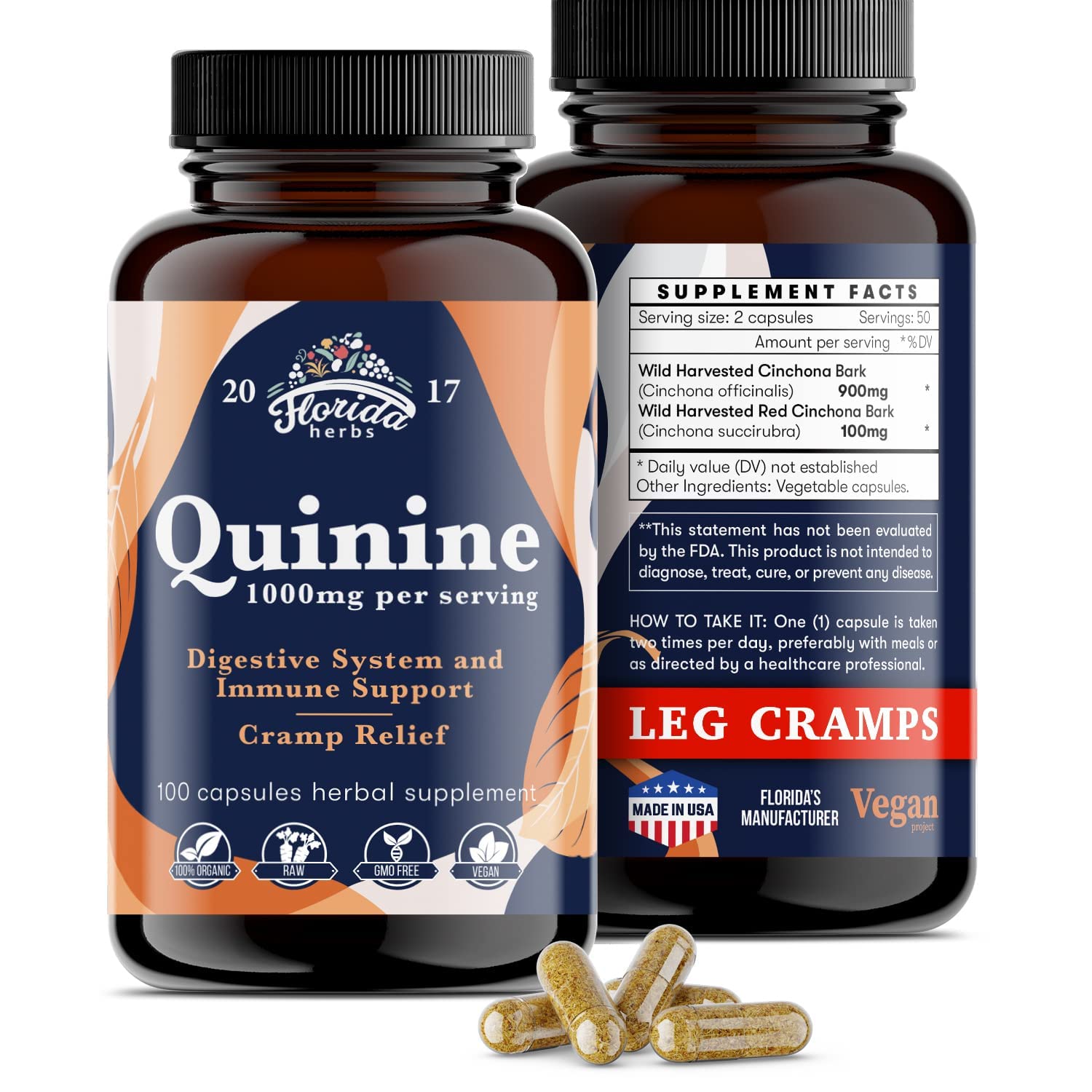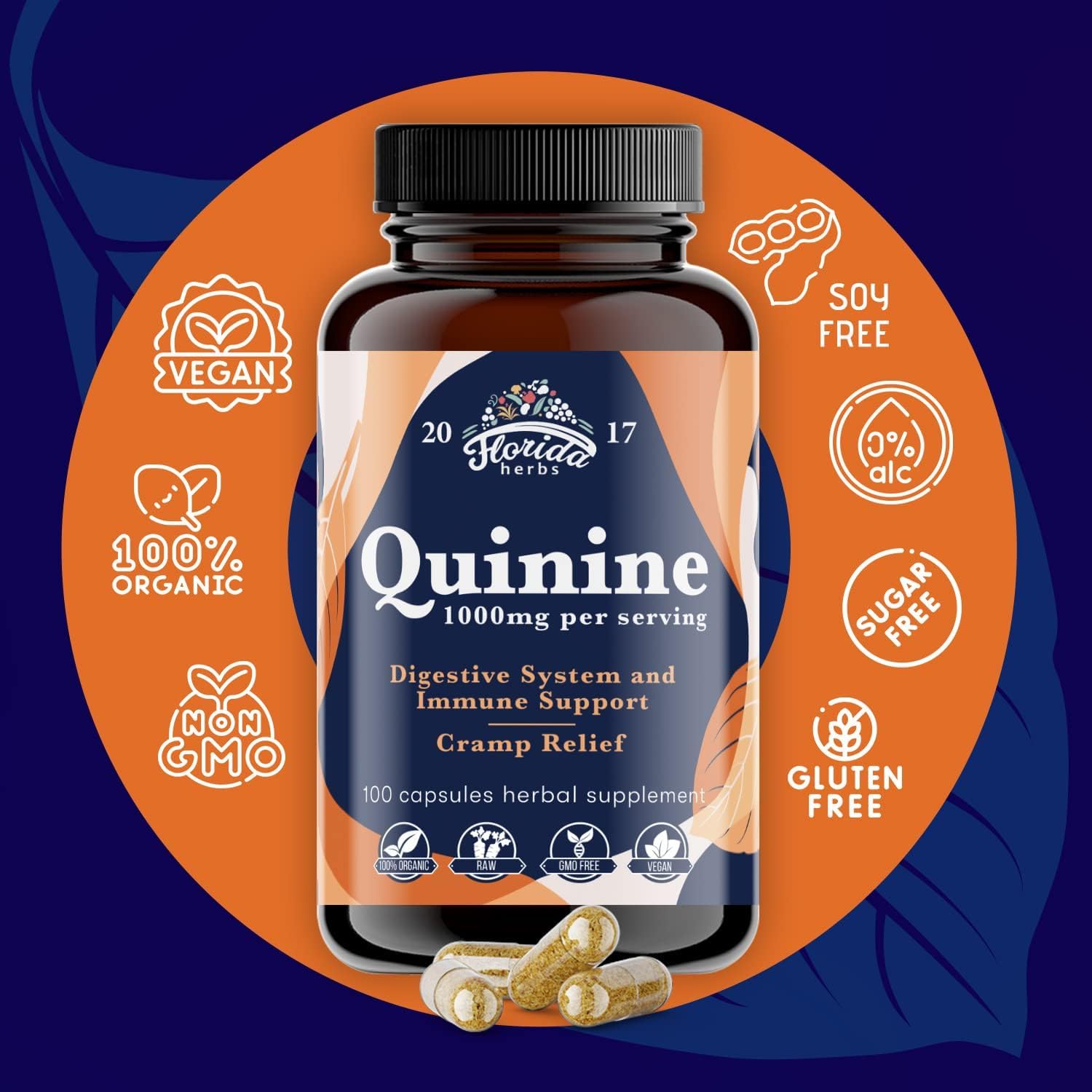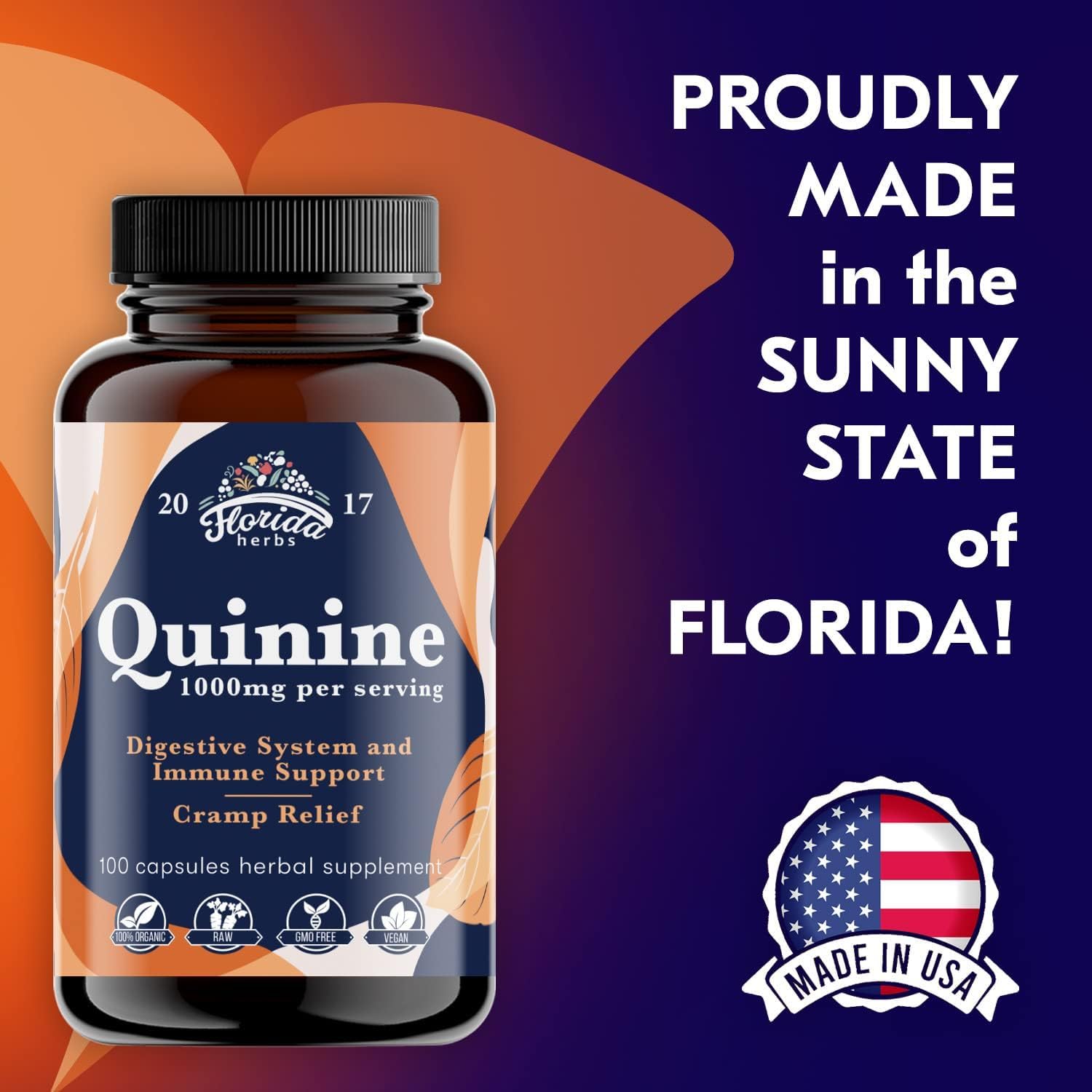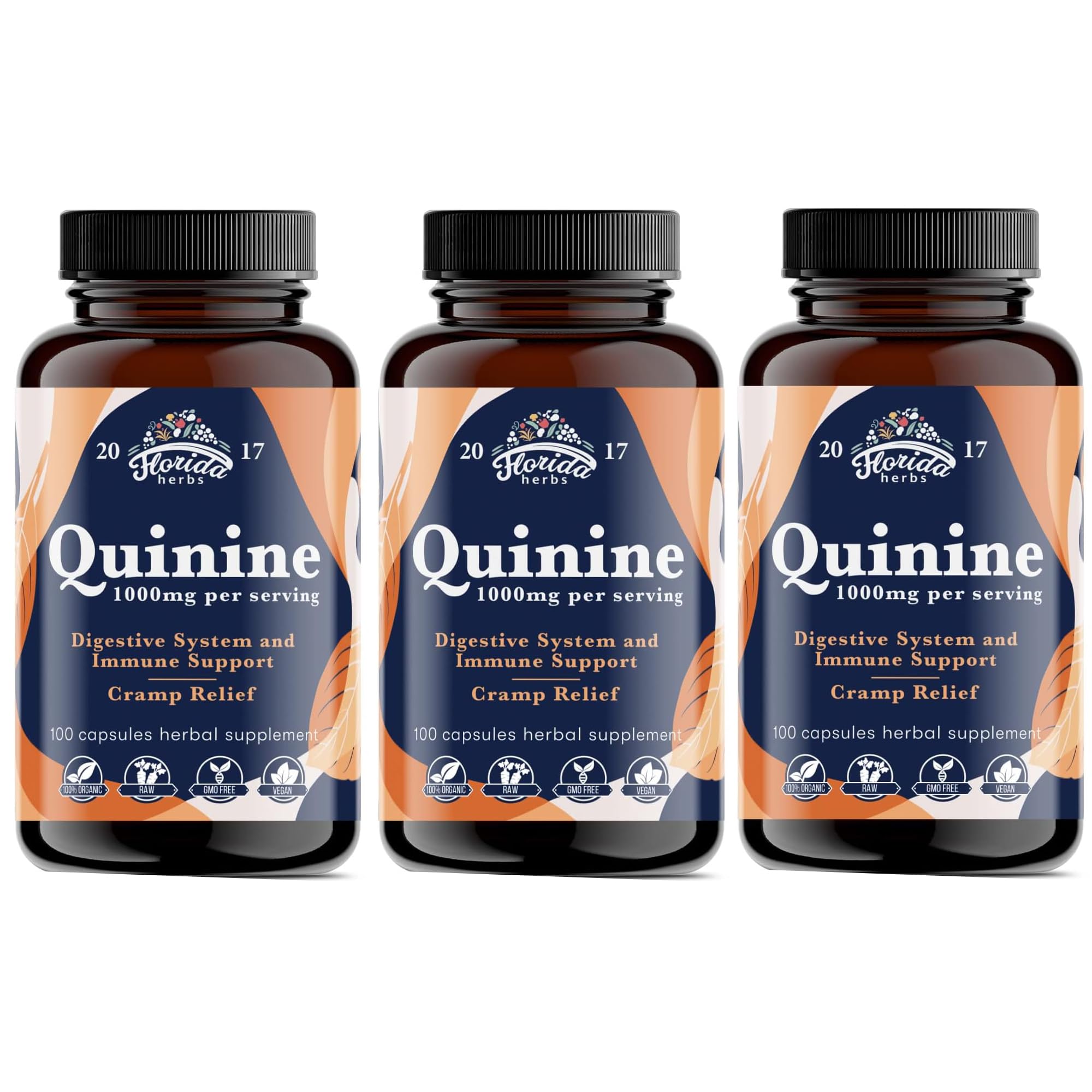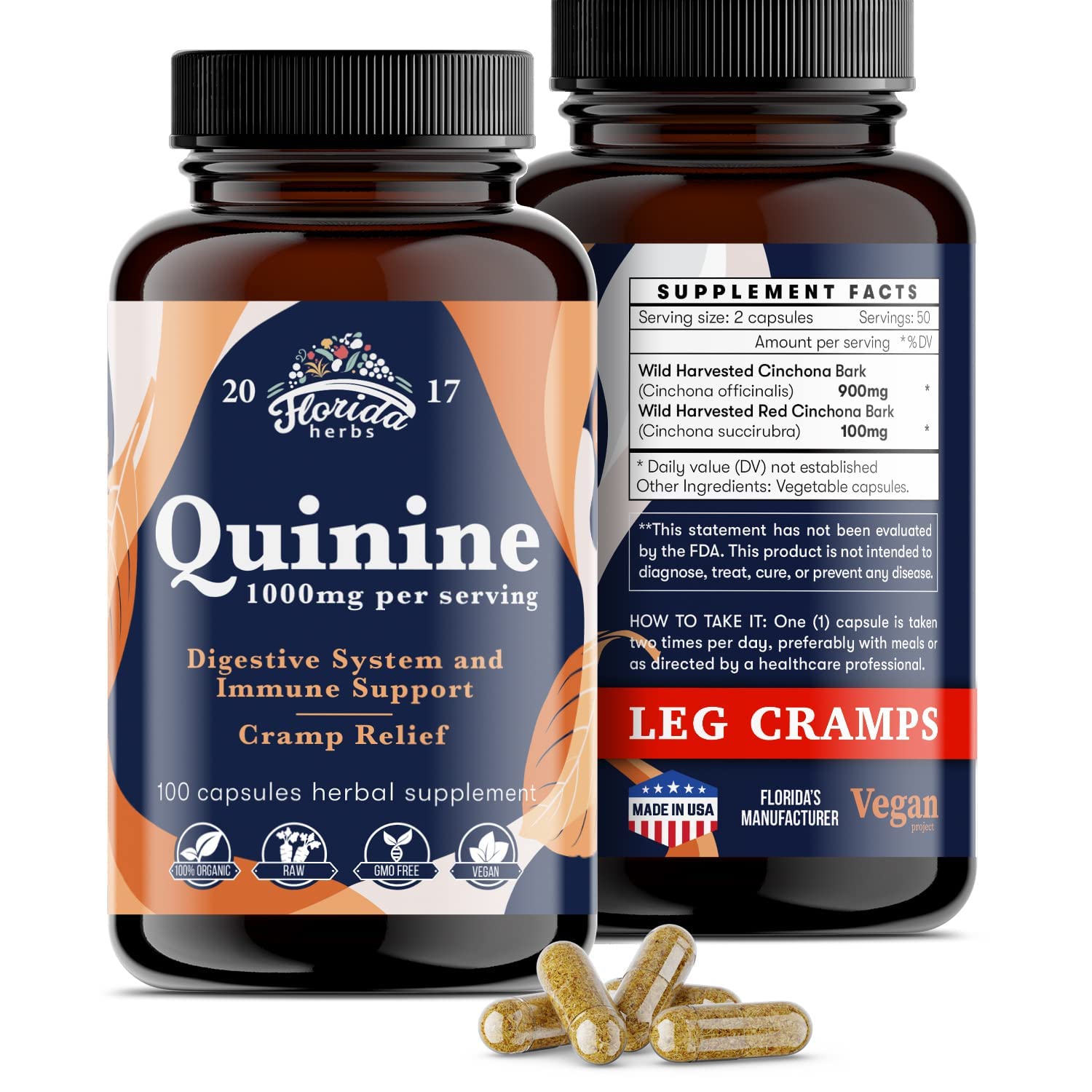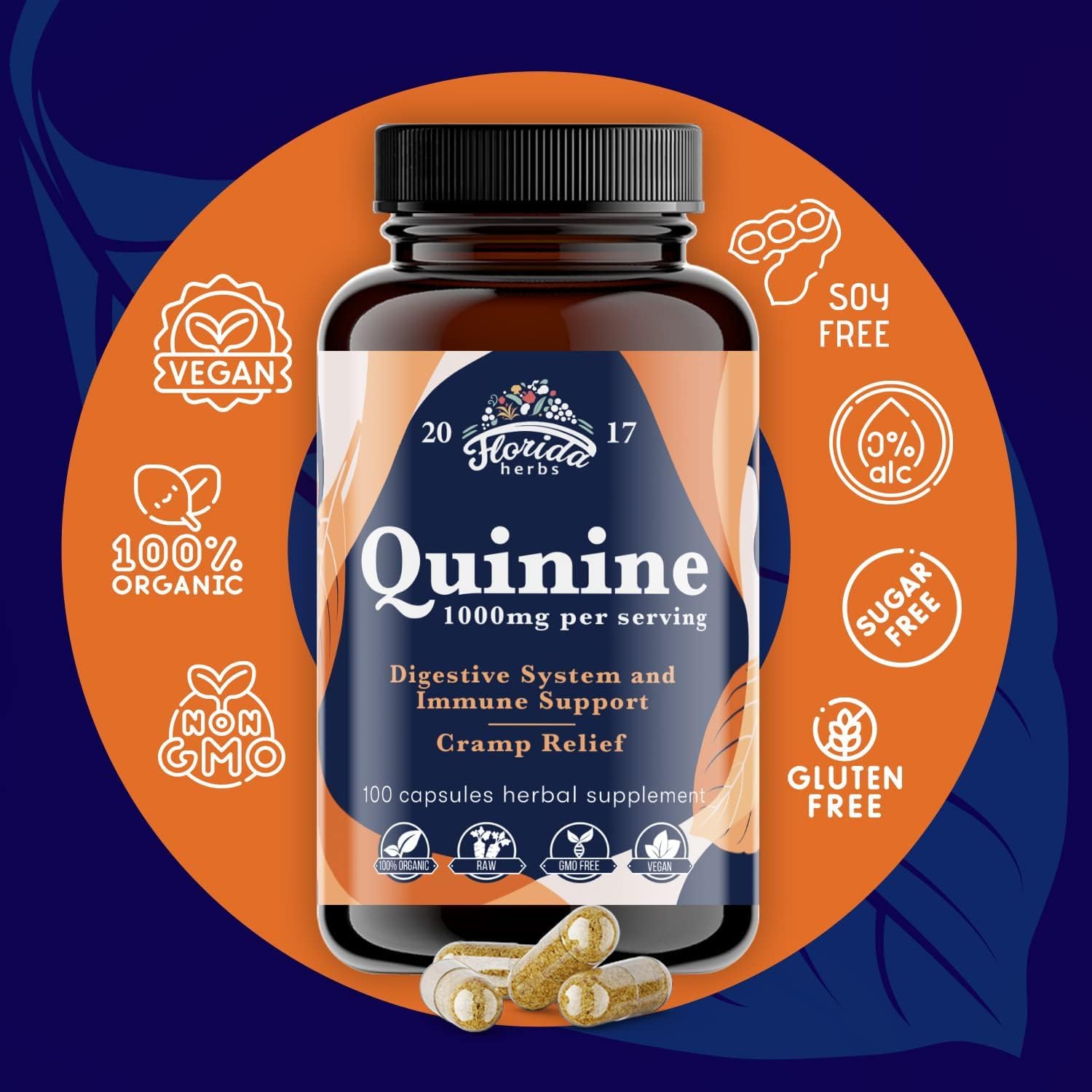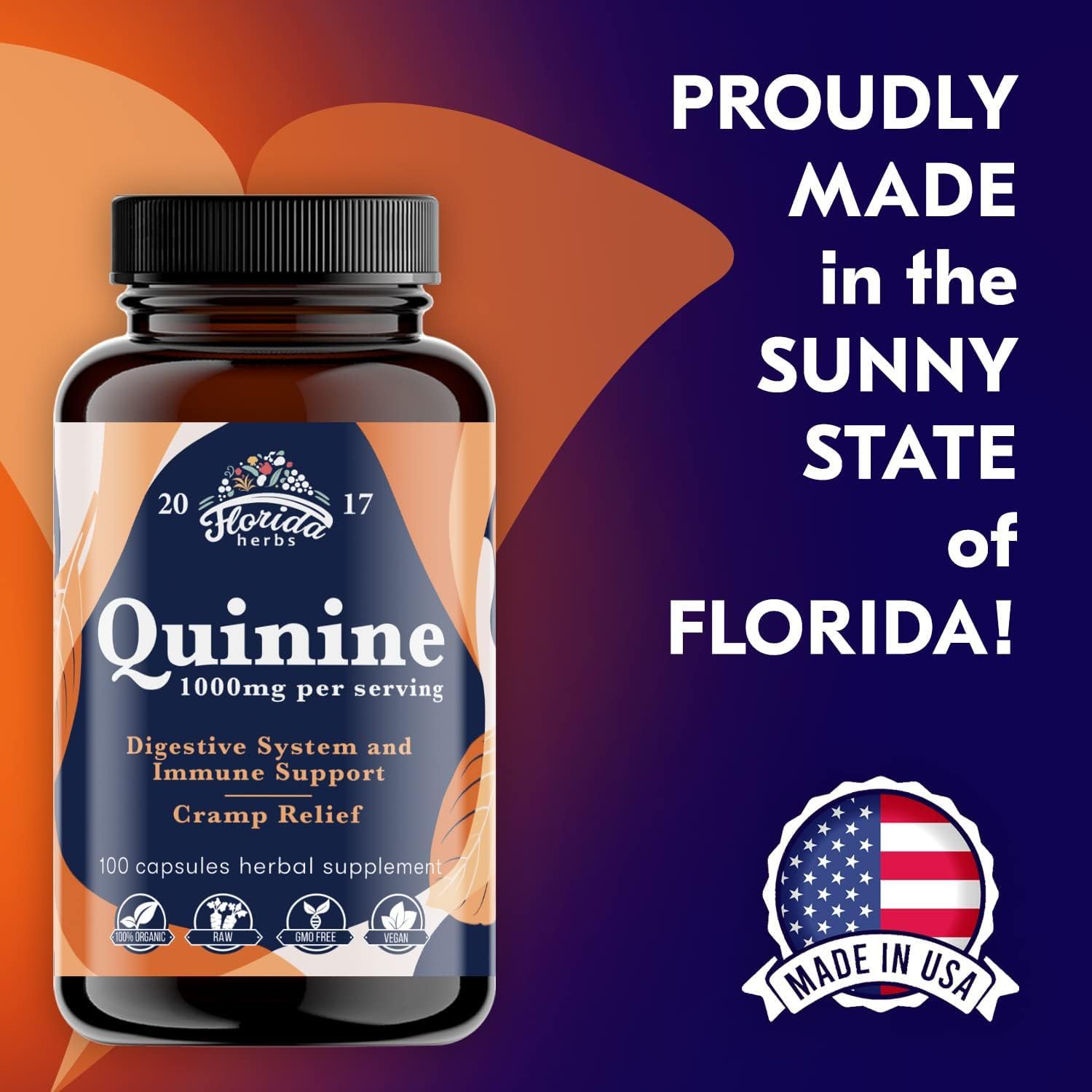Leg Cramps Support Organic Pills - 1000 mg - Quinine Tablets for Cramp Defense
- After cleansing, ensure the skin is dry and free of product before applying an appropriately-sized Help Me Patch to a red blemish. Leave the patch on for at least 6 hours overnight or while you go about your day. Continue to use Help Me Patches until the blemish turns white.
- Use Bye-Bye Patches in a similar fashion if the blemish turns white. Continue to use as needed until the blemish is cleared.
- Suitable for daily use on skin experiencing blemishes.
- Can I put makeup over Dual Action Blemish Patches?
Dual Action Blemish Patches simplify pimple care by concealing and safeguarding your blemishes, preventing the spread of bacteria. They're ideal for daytime use, as they can be discreetly worn beneath makeup, both treating and concealing your breakouts. Do Dual Action Blemish Patches remove skin redness?
Yes. Help Me Patches has Australian Tea Tree Oil that has antiseptic and antimicrobial properties which penetrate into the skin to treat blemishes. While Bye-Bye patches has Centella, more commonly known as Cica, that helps to soothe skin inflammation and prevent blemishes. Are the Dual Action Blemish Patches vegan?
Our Dual Action Blemish Patches are vegan and cruelty-free.
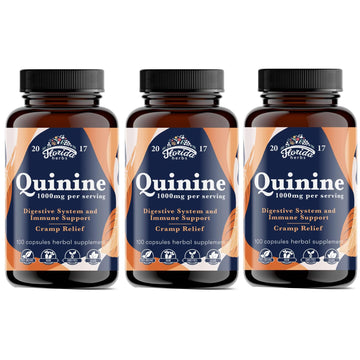
Leg Cramps Support Organic Pills - 1000 mg - Quinine Tablets for Cramp Defense
Brand: FLORIDA HERBS
Color: Pack of 3 - 330 Pcs
Features:
- Effective for Leg Cramps Support and Muscle Cramps
- 1000 mg per capsule, 110 capsules per bottle. Contains: Cinchona Bark (Approximately 800 mg per serving)
- Our Quinine Herbal Supplement is vegetarian. Feel confident in the knowledge that you are using only the best perfect product made from the purest and most organic ingredients
- The Quinine was derived from Cinchona Bark, other names: (Cinchona succirubra) from remote areas of the Andes in South America
- All our products are designed and manufactured in the USA
model number: TIN2020021
Part Number: TIN2020021
Details: Scientific Name: Cinchona spp. (C. officinalis, C. ledgeriana, C. succirubra). Distribution and Habitat: The native range of cinchona species are the lower to mid-elevations of the Andes in South America. Cinchona is the national tree of both Peru and Ecuador. Supposedly, the planting of cinchona trees outside of South America was initiated by the Jesuits, who had long collected the bark in Peru and promoted its use wherever there were Jesuit missions. The constant need for malaria medicine motivated the British and Dutch to bring cinchona to their colonies by smuggling it out of the Spanish colonies and establishing plantations in Asia. Chinchona bark is best known as the source of the drug quinine and is now cultivated throughout the tropics, including regions Peru, Africa, and Asia. Other Common Names: Peruvian bark, quinine, Jesuit’s bark, chinchona, fever tree, kinakina, quina-quina, quinine bark tree.
EAN: 0765610861709

